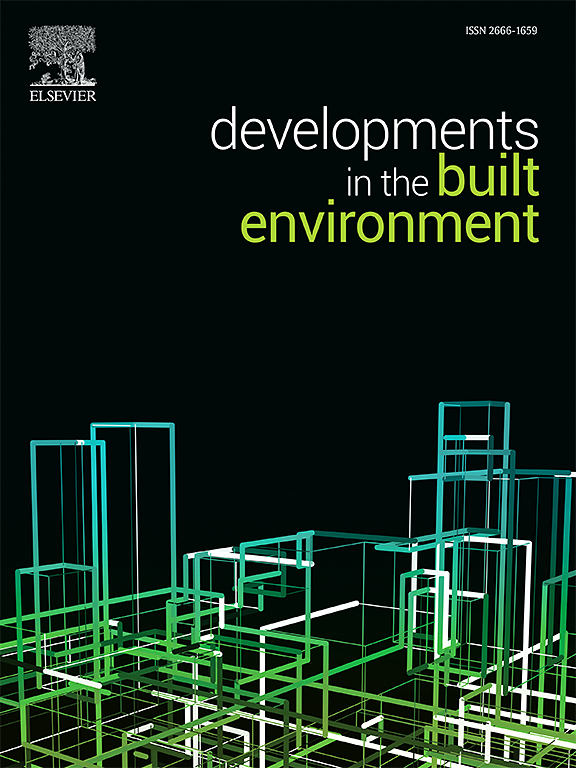Two-stage prediction of drift ratio limits of corroded RC columns based on interpretable machine learning methods
IF 6.2
2区 工程技术
Q1 CONSTRUCTION & BUILDING TECHNOLOGY
引用次数: 0
Abstract
RC columns exposed to harsh environments are susceptible to internal reinforcement corrosion, leading to a reduction in lateral deformation capacity. The accurate prediction of drift ratio limits (DRLs) for corroded RC columns (CRCCs) across various damage states is crucial for reliable damage assessment and seismic resilience analysis. Current literatures remain inadequate for predicting DRLs for CRCCs with diverse service life. To address this gap, this paper introduces a two-stage machine learning (ML) approach for the simultaneous prediction of DRLs in CRCCs, utilizing quasi-static test data from 290 corroded column specimens. In the first stage, a failure mode recognition model and a single-output DRL prediction model were developed using the XGBoost algorithm. This model is then combined with the SHAP method to facilitate feature importance ranking and model interpretability. Building on the insights gained from failure mode recognition and feature importance ranking in the first stage, a Deep Neural Network (DNN) was employed in the second stage to achieve multi-output prediction of DRLs. The findings indicate that the SHAP-based interpretable ML method offers profound understanding of the intricate associations between failure modes and DRLs, design parameters and corrosion rate. The proposed DNN model is capable of concurrently outputting multiple DRLs while balancing the accuracy and efficiency, and signifies a notable advancement beyond traditional methodologies for estimating the lateral deformation capacity of CRCCs.
基于可解释机器学习方法的腐蚀钢筋混凝土柱漂移比极限两阶段预测
暴露在恶劣环境中的钢筋混凝土柱容易受到内部钢筋腐蚀,导致侧向变形能力降低。准确预测腐蚀钢筋混凝土柱在不同损伤状态下的位移比限值对于可靠的损伤评估和抗震回弹分析至关重要。目前的文献对不同使用寿命的crcc的drl预测不足。为了解决这一差距,本文引入了一种两阶段机器学习(ML)方法,利用290个腐蚀柱样本的准静态测试数据,同时预测crcc中的drl。第一阶段,利用XGBoost算法建立了故障模式识别模型和单输出DRL预测模型。然后将该模型与SHAP方法相结合,以方便特征重要性排序和模型可解释性。在第一阶段故障模式识别和特征重要性排序的基础上,第二阶段采用深度神经网络(Deep Neural Network, DNN)实现drl的多输出预测。研究结果表明,基于shap的可解释ML方法可以深刻理解失效模式与drl、设计参数和腐蚀速率之间的复杂关系。所提出的深度神经网络模型能够在平衡精度和效率的前提下同时输出多个深度神经网络,与传统的估算crcc侧向变形能力的方法相比有了显著的进步。
本文章由计算机程序翻译,如有差异,请以英文原文为准。
求助全文
约1分钟内获得全文
求助全文
来源期刊

Developments in the Built Environment
Multiple-
CiteScore
7.40
自引率
1.20%
发文量
31
审稿时长
22 days
期刊介绍:
Developments in the Built Environment (DIBE) is a recently established peer-reviewed gold open access journal, ensuring that all accepted articles are permanently and freely accessible. Focused on civil engineering and the built environment, DIBE publishes original papers and short communications. Encompassing topics such as construction materials and building sustainability, the journal adopts a holistic approach with the aim of benefiting the community.
 求助内容:
求助内容: 应助结果提醒方式:
应助结果提醒方式:


